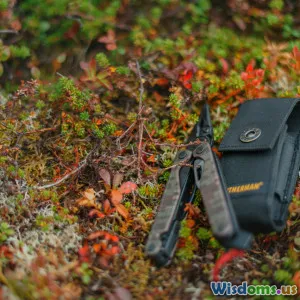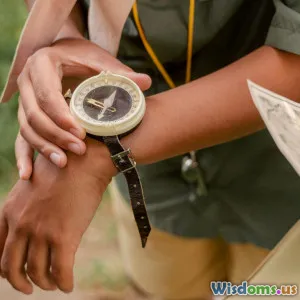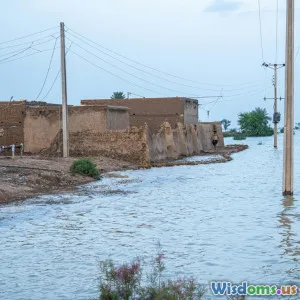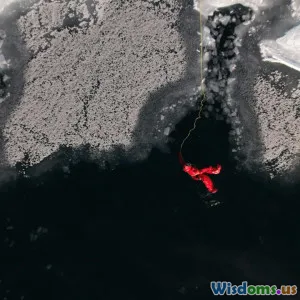
Fire Without Matches Three Ancient Techniques That Still Work
8 min read Explore three ancient methods to start fire without matches—timeless survival skills that ignite adventure anywhere. (0 Reviews)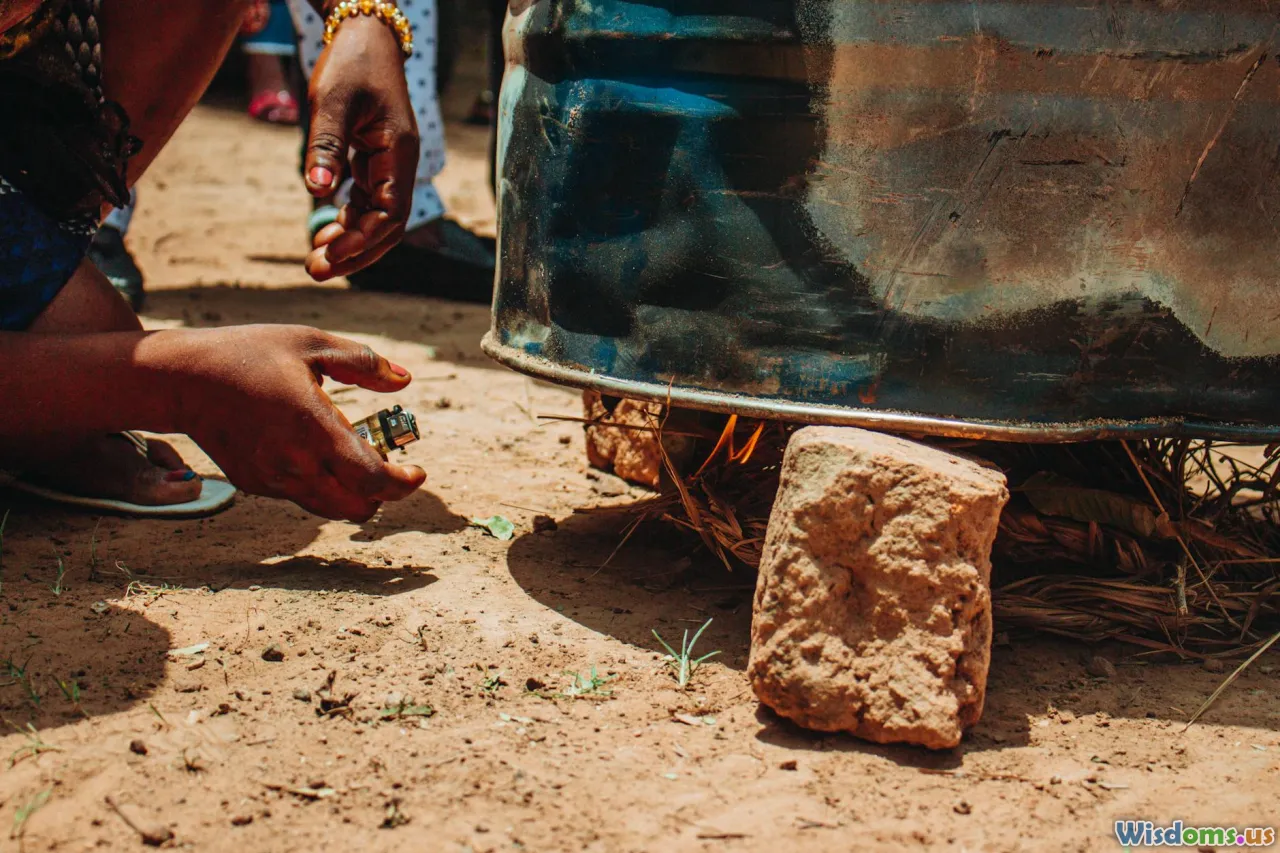
Fire Without Matches: Three Ancient Techniques That Still Work
Fire has always been a cornerstone of human survival and culture. From warmth in cold nights to cooking nourishment and signaling safety, fire is indispensable. But what happens if you're stranded, matchless, and in need of kindling life into a fire? Fear not—ancient knowledge offers timeless solutions.
In this guide, we’ll delve into three time-tested fire-starting methods requiring no matches or modern lighters. Each technique pioneered by people across civilizations has endured because of its effectiveness, simplicity, and accessibility. Whether you’re a survivalist, outdoor adventurer, or history buff, mastering these techniques can empower you to conquer nature’s challenges.
1. Flint and Steel: Sparking the Past into the Present
Overview
Flint and steel represent perhaps the most iconic primitive fire-making tools. This method dates back tens of thousands of years and was widely used by European hunter-gatherers during the Paleolithic era.
How It Works
Flint, a hard, sedimentary quartz, chips off sharp edges when struck. Steel, usually a carbon steel striker, provides the contrasting material. When the steel strikes the flint at an angled force, tiny metallic particles shatter off the steel and ignite due to rapid oxidation, creating sparks hot enough to set light to tinder.
Materials Needed
- Flint rock: Sharp edges for efficient sparking
- Steel striker: Typically a high-carbon steel piece
- Tinder: Dry, fibrous material such as char cloth, dry grasses, or birch bark
Example in Use
A well-documented use of flint and steel is among the Inuit and early settlers, who relied on this method in environments where matches were unavailable or unreliable due to moisture. Experimental archaeologists have replicated this technique, showing sparks routinely reach upwards of 3000°F (1650°C), enough to ignite carefully prepared tinder.
Tips for Success
- Strike the steel against the sharp edge of flint at about a 30-60 degree angle
- Prepare fine tinder, prefer char cloth as it ignites on the brief spark
- Shield the spark area from wind to allow the ember to grow
2. Bow Drill: Harnessing Friction to Birth Flame
Overview
The bow drill technique embodies ingenuity: using mechanical advantage to generate enough frictional heat to create an ember from a wooden spindle rubbing against a fire board.
This method has been utilized globally—from ancient Native American tribes to African bushmen—and remains a demonstration of raw human skill connected to nature.
Materials Needed
n
- Spindle: A straight, dry wooden stick, typically 6–8 inches
- Fireboard: A flat wooden base with a carved notch
- Bow: A flexible, curved stick with a cord tied between ends
- Handhold: A stone or wood piece to hold the spindle top
- Tinder nest: Dry, fluffy materials such as dry grass, leaf fibers, or punk wood
Step-By-Step Process
- Setup: Loop bow string around spindle, place spindle on the fireboard notch
- Drilling: Move the bow back and forth, spinning the spindle rapidly
- Friction heating: This causes heat at the contact point
- Embryonic ember: After intense drilling, a small ember appears in the notch
- Transfer: Gently transfer ember to tinder nest and blow steadily until flame bursts
Scientific Insight
A University of Utah study found that bow drills can generate temperatures exceeding 300°C within a minute, enough to kindle ember formation through mechanical heat alone.
Skill Development
This technique demands practice and patience. Beginners often struggle with maintaining spindle speed and correct pressure. However, mastering it connects you to ancestral techniques and boosts confidence in wilderness survival.
3. Fire Plough: The Art of Rubbing Wood to Ignite
Overview
The fire plough is among the simplest friction-based fire creation methods. It’s prevalent in tropical and subtropical communities, especially the indigenous tribes of Southeast Asia and Oceania.
How It Works
Friction is generated by repeatedly pushing and rubbing a hardwood stick against a softer wooden base in a groove, carving out wood dust that heats up to form embers.
Materials Needed
- Plough stick: Dry hardwood piece
- Fireboard: Softer wood with a carved groove
- Tinder: Highly combustible material ready to catch the ember
Execution
- Carve Groove: Long V-shaped groove on fireboard
- Rub Stick: Forcefully push stick along groove repeatedly
- Create Ember: Fine wood dust accumulates and heats to glow red
- Nest Transfer: Carefully deposit ember into tinder and blow to nurture flame
Real-World Application
Australian aboriginal peoples have used fire plough for millennia, often passing down the method through generations. The key is the selection of suitable wood types—usually softer woods for the fireboard and denser woods for the plough stick.
Expert Advice
Wood must be dry and seasoned, as moisture severely inhibits friction heat. When executed correctly, the fire plough burns faster to ember than many expect.
Why Learn These Techniques?
In a modern survival scenario—where matches run out, lighters fail, or electronic devices are dead—knowing alternative fire-starting methods can mean the difference between life and death.
Moreover, practicing these ancient techniques hones patience, improves manual dexterity, and deepens one’s understanding of the natural world.
Outdoor schools, wilderness survival-training companies, and scouts globally still teach these skills because of their continued relevance and ability to connect us to human heritage.
As famed adventurer Bear Grylls points out, "Mastering fire without modern means is the heartbeat of survival—it proves resourcefulness when nature challenges us."
Conclusion
While modern conveniences like waterproof lighters or disposable matches often overshadow primitive methods, the ancient fire-starting techniques of flint and steel, bow drill, and fire plough remain robust and practical skills.
By mastering these, adventurers and survival enthusiasts can ignite fires anywhere—from frozen tundras to dense jungles—regardless of technology.
Preserving and practicing these methods keeps us intimately connected to human history, illustrating that despite centuries of technological transformation, some skills endure because they work.
Equip yourself with patience, practice these techniques, and carry the flame of ancient wisdom wherever your next adventure takes you.
Rate the Post
User Reviews
Popular Posts
















